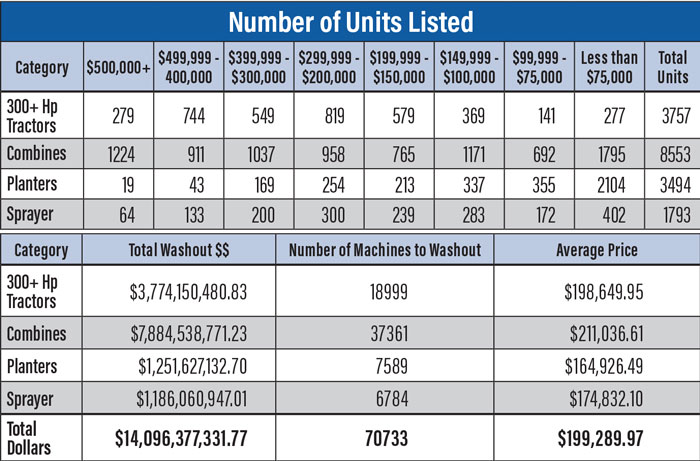Not long ago, I took my family on a trip to Montana. I enjoy it every time I visit the beautiful state. I plugged the address of the cabin we rented into my phone before we left and soon found out cell service wasn’t the best between Scottsbluff, Neb., and Bigfork, Mont.
Since I am always prepared, I soon realized I didn’t have a map in the vehicle. So, at the next gas station, I stopped, filled up and went to buy a good old fashion paper map. After looking around the store, I asked the clerk where they kept maps, and he responded, “Do people still use those? You should try your phone.”
After briefly explaining the issue with cell service, the clerk pointed me to the next gas station to see what they might have. After 7 gas stations in 7 different towns, I found what I was looking for, plotted my course and was back on my way to Montana. Now I carry a map in my vehicle every time I leave town just in case I get thrown for a loop.
It’s easy to become complacent and let the “Easy Button” take over. I have done this more times when I should have known better regarding used equipment management. Unfortunately, we are heading into a time where complacency is easy but will come with a high cost.

This breakdown of the used equipment market includes data gathered from Tractor House.
Used equipment is going through the next iteration in managing inventory. Over the past 24 months, the inventory taken off the market has hit the great reset button and fostered a brave new world. The amount of used equipment available for purchase is at an all-time low. The flip side of low inventory is high used equipment prices. I joked with a colleague the other day about how we used to talk about used equipment. We used to say we had $25 million in used equipment, but now we have $25 million in used combines!
For the interest of this article, I wanted to see the breakdown of the used equipment market. I was more curious to know the dollar buckets and possible washout cycle. I found what I expected, with a couple of points standing out.
First, the number of used combines over $500,000 caught me off guard. I knew there were several machines, but I didn’t think 15% of the market would have an average price of $588,449. On the other hand, I was surprised only to see 281 300+ horsepower Tractors in the $500,000+ bucket. I would have guessed this number to be double, if not triple, what is listed.
What has changed and will continue to change with used equipment management is not the number of machines we manage but the dollars we manage. Although used equipment availability is at an all-time low, inventory dollars are at an all-time high. I don’t see this changing anytime soon, even when upgrades and retro kits are added.
The number of dollars associated with each category will continue to be of concern with rising interest rates and the declining number of potential buyers available. As discussed in my series “Lines of Delineation,” buyers are more restricted as to what machines they can buy than ever before. As equipment pricing continues to increase or as “Bolt on Technology” becomes increasingly available, how used equipment is managed, marketed and sold will continue to evolve.
Using my phone for directions is always the easiest way to get from point A to point B. I don’t have to do much other than listen and turn and merge as directed. Reading a map isn’t hard either; it requires more discipline in getting from point A to point B. My phone knows which way is north, and I have to figure it out using a map. My phone tells me when to turn and how many feet in which to do so. I must know the street’s name and look at the street signs using a map.
The used equipment process is a paper map; no matter what is going on in the market, it works. Following the process is easy to navigate but it requires more discipline when you miss a turn and have to backtrack. Looking at trade values, days in inventory and cost to hold are not programmable if you don’t know which way is north. Calculators and guides create landmarks of familiarity; you still need to understand the lay of the land whether you have or haven’t been there before.






